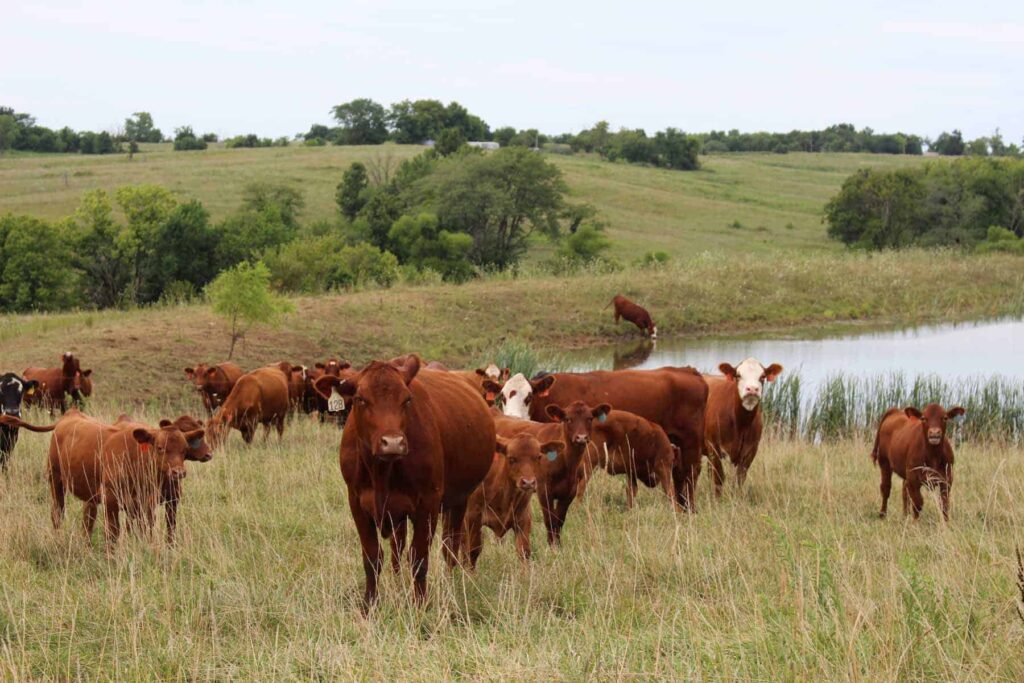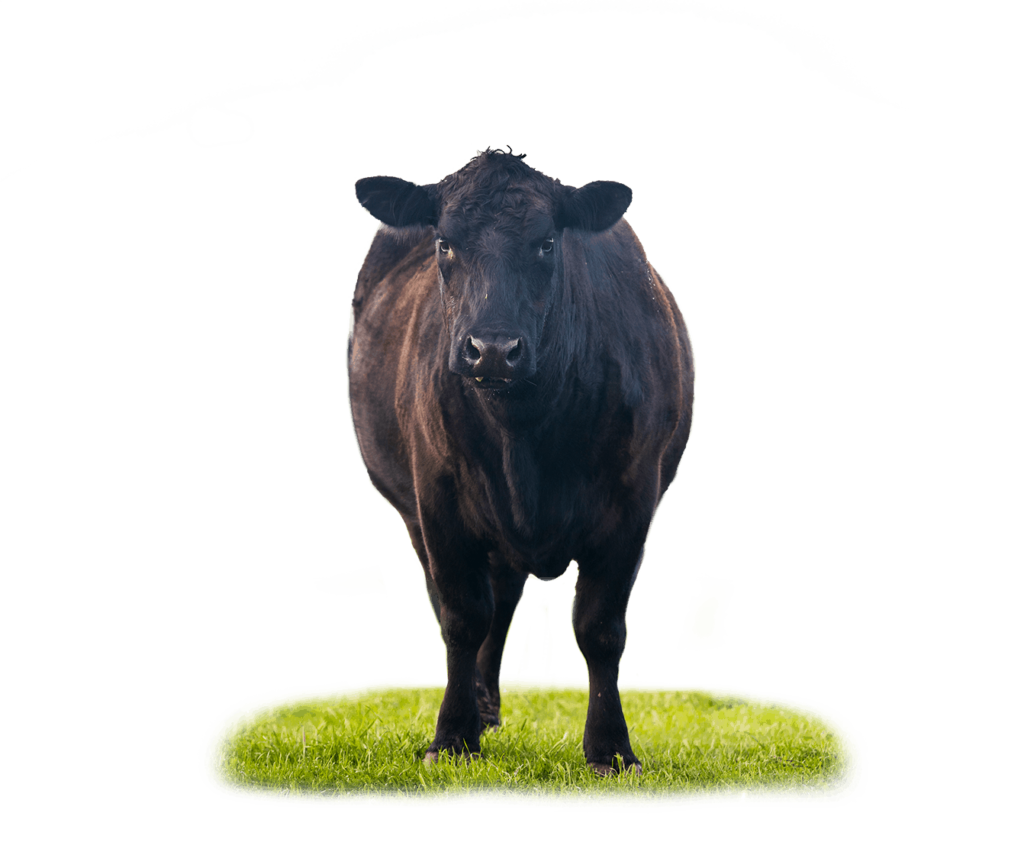These free choice minerals are designed to provide high levels of available magnesium to cattle that are at risk for grass tetany. Grass tetany is caused by low blood magnesium levels. This may be due to a simple deficiency of magnesium in the diet or to factors which reduce the efficiency of magnesium utilization by the animal such as high nitrogen and potassium levels in the forage.


How Can Tetany Be Avoided? Mature, lactating beef cows are most at risk for grass tetany. If turn out can be delayed until grass is at least six inches tall, the risk for grass tetany is greatly reduced. New grass growth in cool spring weather tends to have lower Mg levels, but incorporating legumes in the pasture will increase the Mg content of the forage in the spring diet.